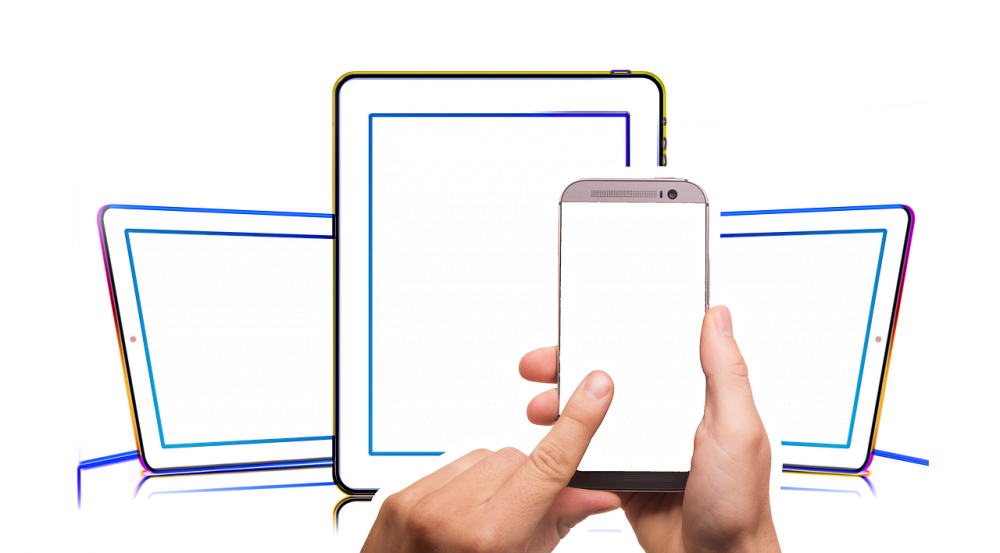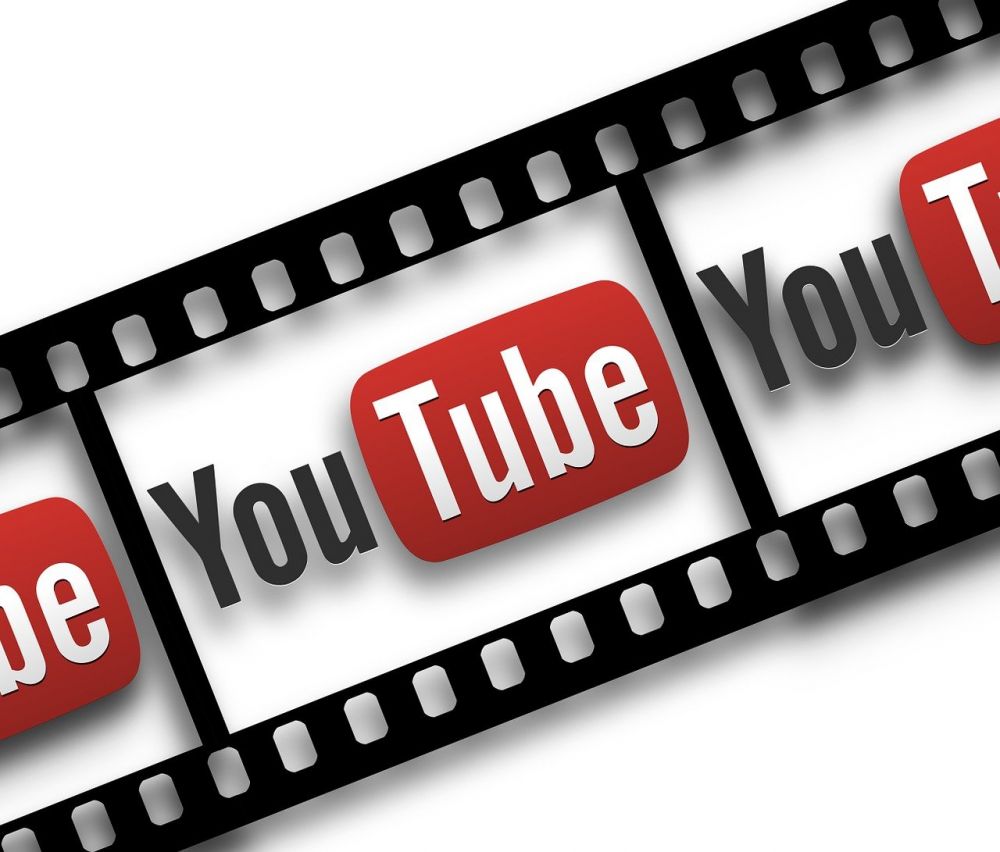Google App Store: Empowering Users and Developers in the Digital Age

Introduction to Google App Store
The Google App Store, also known as the Google Play Store, is a digital distribution platform for Android mobile devices. It serves as a single source for users to discover, download, and update various applications, games, music, movies, books, and more. Launched in 2008, the Google App Store has become an integral part of the Android ecosystem, providing a vast library of over 3 million apps as of 2021.
Importance for Tech Enthusiasts

For tech enthusiasts, the Google App Store offers a plethora of cutting-edge applications and tools that enhance device functionality and user experience. From productivity and communication apps to advanced gaming experiences and virtual reality applications, the possibilities are endless. The Google App Store empowers tech enthusiasts to explore, experiment, and customize their devices according to their preferences and needs.
Evolution of the Google App Store
The Google App Store has come a long way since its inception. Initially, it was known as the Android Market and had a limited selection of apps. However, with the growing popularity of Android devices, Google recognized the need to provide a centralized platform for app distribution. In 2012, the Android Market was rebranded as the Google Play Store, reflecting its broader scope beyond just apps.
Over the years, the Google App Store has witnessed significant developments, both in terms of user experience and functionality. The introduction of features like personalized recommendations, user reviews, and developer updates have transformed the App Store into a dynamic and interactive platform. Furthermore, Google’s efforts to enhance security and privacy have made the App Store a safe and reliable source for downloading apps.
Historical Milestones of the Google App Store
– 2008: The Android Market is launched with around 50 apps.
– 2010: The App Store boasts over 100,000 apps and introduces in-app purchases.
– 2011: The Android Market reaches 10 billion app downloads.
– 2012: The Android Market is rebranded as the Google Play Store.
– 2014: The App Store crosses the milestone of 1 million apps.
– 2015: Google introduces Google Play Music as a separate service within the Play Store.
– 2016: The Play Store introduces family sharing, allowing users to share purchases with up to six family members.
– 2017: Google Play Protect, a security suite, is launched to protect users from malware and harmful apps.
– 2019: The Play Store adds a dedicated Kids section with age-appropriate apps and content.
– 2021: The Play Store offers over 3 million apps and introduces a revamped user interface.
Crafting an Effective Google App Store Experience
To ensure a greater likelihood of being featured as a snippet on Google searches, it is crucial to structure the text in a way that provides concise and valuable information. Using bulletpoints within the article can serve as an effective way to present key details in a visually appealing manner. Here are some important points to consider:
– The Google App Store provides a wide range of apps and content for Android users, making it a one-stop destination for all their digital needs.
– Users can explore apps by categories, top charts, or personalized recommendations, allowing for a seamless and personalized experience.
– Developers can leverage the App Store’s global reach and monetization opportunities to showcase and distribute their applications.
– User reviews and ratings play a significant role in app discovery and credibility, helping users make informed decisions.
– The Play Store’s continuous commitment to security and privacy ensures a safe environment for users to download apps without compromising their data.
– Regular updates and optimizations by Google enhance the overall performance and user experience of the App Store.
(Insert video explaining the process of downloading and navigating the Google App Store, highlighting key features and benefits for tech enthusiasts.)
In conclusion, the Google App Store has revolutionized the way users discover and access applications on their Android devices. With its vast library, user-centric approach, and continuous evolution, it remains the go-to platform for tech enthusiasts seeking innovative and enriching experiences. Whether it’s finding the latest productivity tools or indulging in immersive gaming adventures, the Google App Store is an essential companion for users in the digital age.





